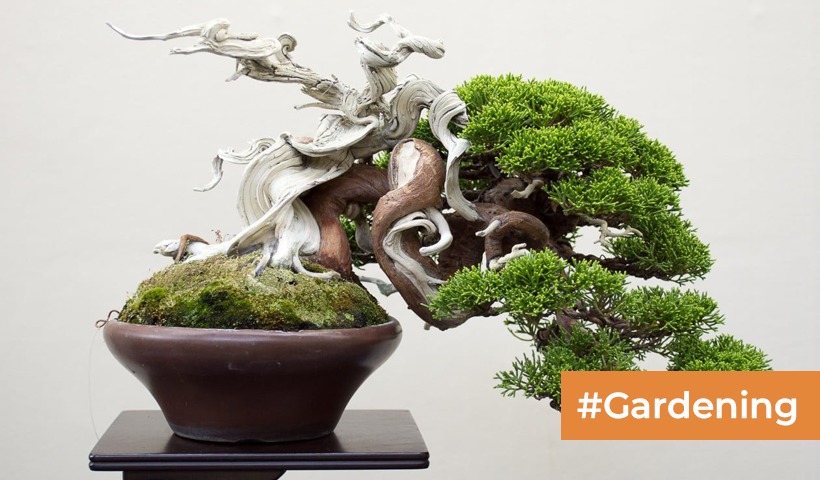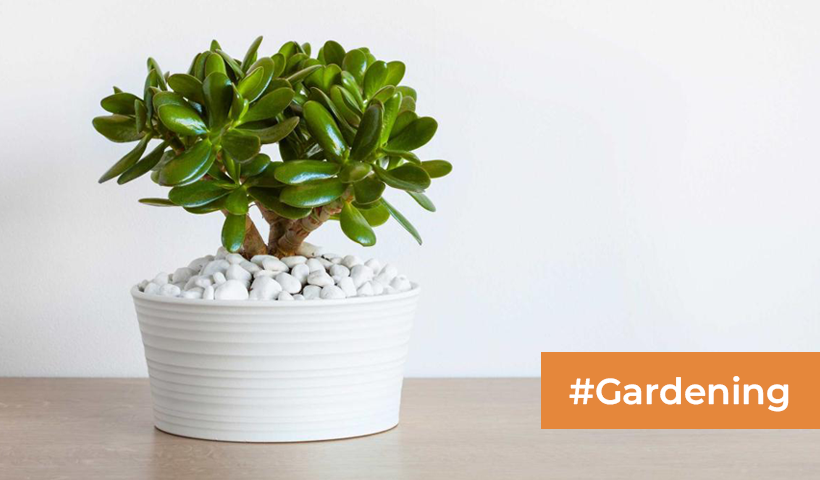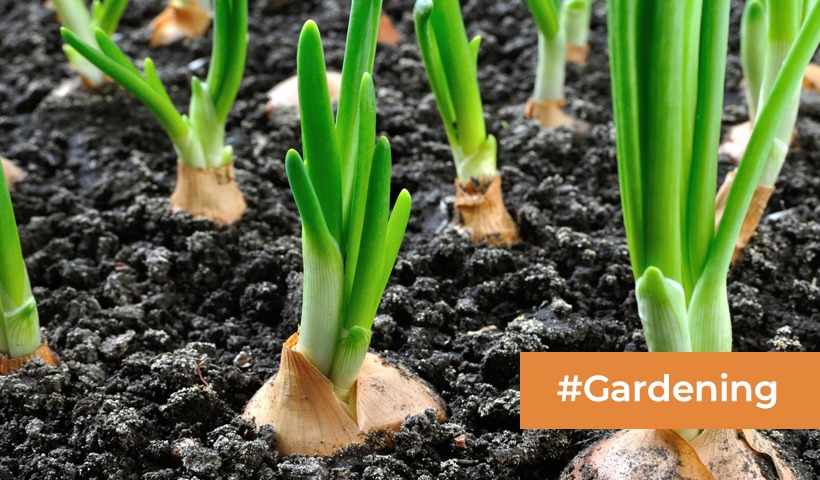Shami Plant: A Spiritual and Botanical Journey!
In Indian culture, the Shami plant holds a special place due to its mythological and religious significance. This drought-resistant shrub, scientifically known as Prosopis cineraria, is associated with various festivals and rituals. In this blog post, we will explore the benefits, how to grow, placement considerations, and the worship of the Shami plant.
Benefits of the Shami Plant
- Religious Significance: The Shami plant is closely linked to Hindu mythology and is believed to be the favorite tree of Lord Dattatreya, an incarnation of the divine trinity Brahma, Vishnu, and Shiva.
- Fodder and Firewood: Shami leaves serve as a valuable source of fodder for livestock, and the wood is used as firewood.
- Medicinal Uses: Various parts of the Shami plant, including the leaves, pods, and gum, are used in traditional Ayurvedic medicine to treat various ailments like diarrhea, dysentery, and skin diseases.
- Soil Improvement: Shami plants are nitrogen-fixing, which means they can improve soil fertility by adding nitrogen to it.
How to Grow a Shami Plant
Growing a Shami plant is relatively straightforward, and it can thrive in arid and semi-arid regions. Here’s a step-by-step guide:
Materials You’ll Need:
- Shami seeds or saplings
- Well-draining soil
- Sunny location
- Water
Steps:
- Choose the Right Location: Select a sunny spot with well-draining soil. Shami plants prefer full sun and can tolerate drought conditions.
- Prepare the Soil: Ensure the soil is well-draining. You may need to amend heavy clay soils with sand or organic matter to improve drainage.
- Planting: Plant Shami seeds or saplings in the chosen location. If using seeds, sow them directly in the ground at a depth of about 1 inch.
- Watering: Initially, water the plant regularly to help it establish its roots. Once established, Shami plants are drought-tolerant and require minimal watering.
- Pruning: Prune the plant to maintain its shape and remove any dead or damaged branches.
- Fertilization: Shami plants generally do not require heavy fertilization. You can apply a balanced fertilizer in the spring to encourage healthy growth.
- Protection: Protect young plants from grazing animals, as they can be a food source for livestock.
Placement and Worship of Shami Plant
The Shami plant is closely associated with the festival of Vijayadashami or Dussehra, where it is worshipped as a symbol of victory over evil. Here’s how you can place and worship the Shami plant during this auspicious festival:
Placement:
- On the day of Dussehra, people often bring Shami leaves or twigs into their homes. These are placed in a prominent spot, often near the entrance or in the puja room.
Worship:
- On Dussehra, offer prayers to Lord Dattatreya or any deity you worship.
- Light incense and lamps, and perform aarti (ritual offering of light) to the Shami plant.
- Offer sweets, fruits, and other auspicious items as part of the worship.
- Seek blessings for prosperity, well-being, and victory over obstacles.
Conclusion
The Shami plant is not just a drought-resistant shrub but also a symbol of religious significance and cultural traditions in India. By growing and worshipping the Shami plant, people connect with their roots, promote sustainable agriculture, and celebrate the triumph of good over evil, making it a cherished part of Indian culture and spirituality.
Disclaimer: The views expressed above are for informational purposes only based on industry reports and related news stories. PropertyPistol does not guarantee the accuracy, completeness, or reliability of the information and shall not be held responsible for any action taken based on the published information.




